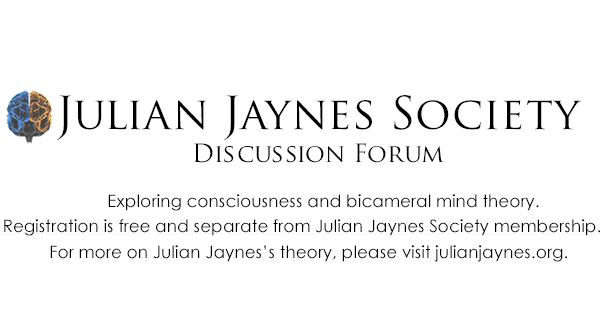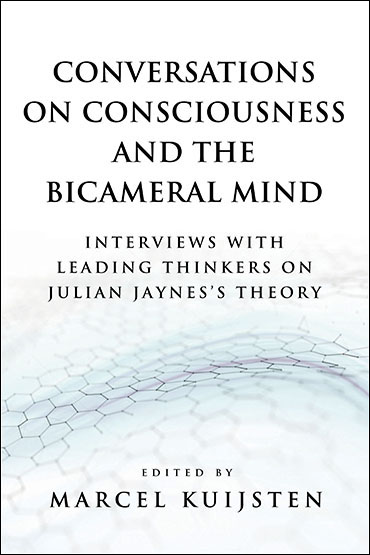
Jaynes pointed out the abrupt transition in historical accounts between “visitation dreams” (in which the dreamer is only a passive participant) and the more modern type of dream where the person dreams they are actively doing things.
Children’s nightmares, then, might seem like a remnant of the visitation dream, just one where the “visitor” is not an authority figure but a straight-up monster. In earlier times, parents often threatened their kids with “the boogie man” if they misbehaved, and then they had nightmares about him; this has even more in common with the bicameral dream.
A difference is that children eventually outgrow having nightmares like this. It’s probably happening earlier and earlier, as the “boogie man” has fallen out of favor and parenting styles have changed, the result being that children develop adult consciousness faster.
Even among modern adults there is still some variation in how people usually dream. My own dreams are really active, if not hyper-active; usually I’m on some sort of journey or adventure. I remember having one recently where I went to Tuva in Russia (or at least, it was described as Tuva). I kept having to evade enemy agents, like in a spy film, except that a lot of really surreal things were also happening around me since it was a dream.
I have never been to Tuva, or even met anyone from there; the fact I dreamed about it seems pretty random. In other words, the dreams I have are about as “conscious” as you can get, as well as often being quite angsty, random, and trippy.
But not all dreams people describe are like this. The song “These Dreams” by the band Heart ( https://www.songfacts.com/lyrics/heart/these-dreams) describes a hybrid style of dreaming.
In the lyrics, the singer does actively participate in her dreams to some extent, but only in that she seems to be looking for someone else (who is described as a prince); she mentions feeling weak and powerless and wanting this prince to rescue her from her unfulfilling real life. A visitation dream in reverse?
It’s almost like “Once Upon A Dream” from the Disney version of Sleeping Beauty (which may have inspired it). “These Dreams” may not be an autobiographical song, as its lyrics were written by a man (although there’s no reason why a man couldn’t have this kind of dream too). In any case, there probably are still people who primarily have dreams like this, rather than the kind of dreams I get.
I have even met people who say they don’t know if they dream at all (or at least, they don’t seem to remember it). Maybe there’s some overlap between this group of people and the group that reports not having an inner monologue?


